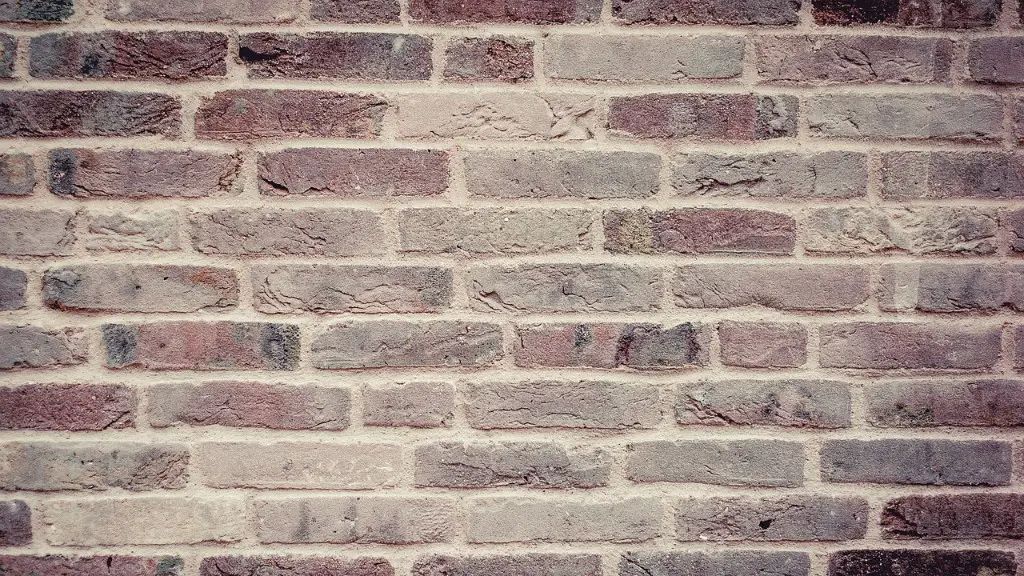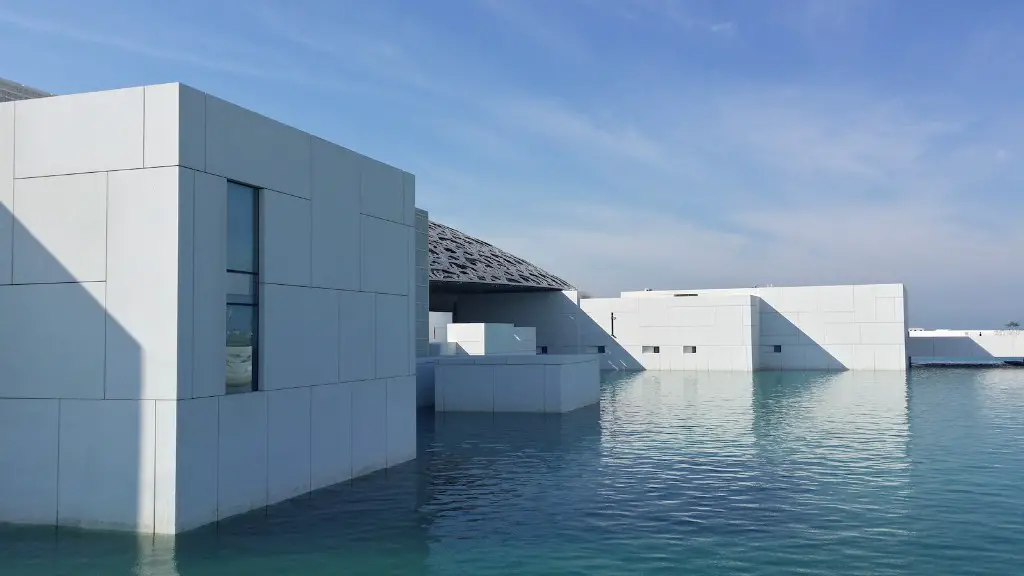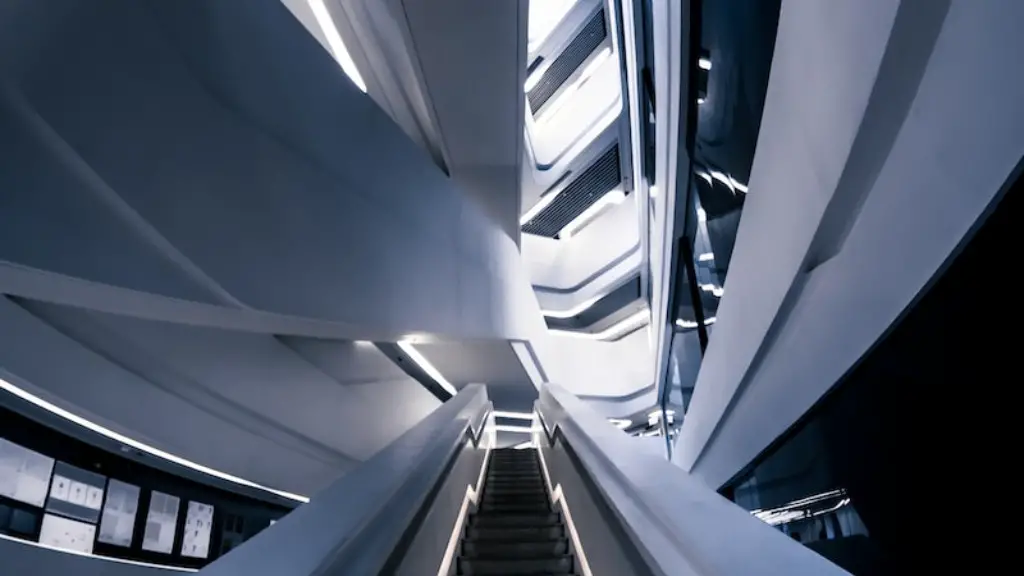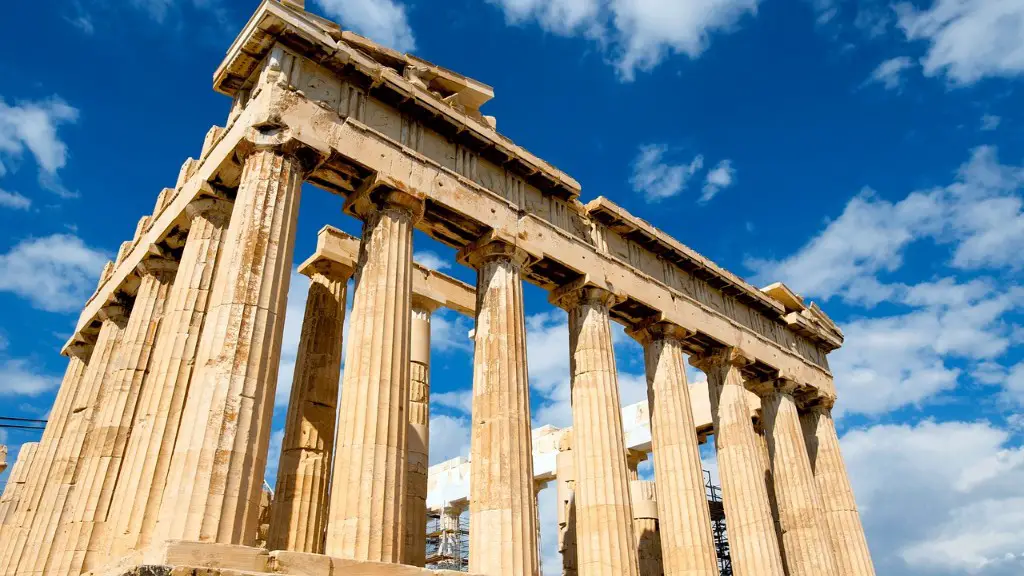Placemaking is the concept of creating spaces that encourage people to interact with each other and their surroundings. It is about creating places that are inviting and enjoyable to be in, and that foster a sense of community.
Placemaking is an approach to design that takes into account the needs of people and the surrounding community. It emphasizes the importance of creating public spaces that are livable, sustainable, and accessible.
Placemaking is not just about the physical design of a space, but also about the programming and activities that take place there. A successful placemaking project will take into account the needs of the people who will use the space, and create an environment that is conducive to their activities.
Placemaking is a holistic approach to design that considers the needs of people and the community, and creates inviting and sustainable public spaces.
Placemaking in architecture is the process of designing buildings and spaces that take into account the needs of the people who will use them. This includes things like creating public spaces that encourage social interaction, designing buildings that are accessible and welcoming, and using sustainable materials and practices.
What is the meaning of placemaking?
Placemaking is about creating places that people want to live, work, play, and learn in. It is a process that involves the community in shaping their own environment. Placemaking is about making places that are not only functional but also have a sense of identity and community.
Placemaking is a great way to get people involved in the planning and design of public spaces. By asking questions and listening to what people want, you can create spaces that meet the needs and aspirations of the people who use them.
What is an example of placemaking
Placemaking is all about creating better places for people to live, work, and play. It can involve everything from placing trash cans on sidewalks to building an innovation district where the community can convene. However, a common thread runs through all placemaking projects: building stronger communities.
Placemaking projects can have a big impact on the people who live and work in the community. They can make it a more desirable place to live, which can attract new businesses and residents. They can also make it a more vibrant and lively place, which can improve the quality of life for everyone who lives there.
If you’re interested in placemaking, there are lots of ways to get involved. You can volunteer with a local organization, help plan a community event, or simply start beautifying your own neighborhood. Whatever you do, you’ll be helping to make your community a better place for everyone.
Placemaking is an approach to planning, designing, building and maintaining public spaces in a way that focuses around the people that use and benefit from the space. Placemaking is more than just building, it includes paying attention to the physical, cultural and social identity of a place.
Placemaking can help to create a sense of community and belonging, and can be used to revitalize underused or neglected public spaces. It can also help to increase social interaction and encourage people to take pride in their surroundings.
When designing public spaces, placemaking principles can be used to create places that are more user-friendly, attractive and inviting. By taking into account the needs of the people who will use the space, and by considering the cultural and social context of the area, it is possible to create public spaces that are truly enjoyable and enriching for all.
What are the 4 types of placemaking?
Placemaking is the process of creating places that are enjoyable and functional for the people who use them. There are four main types of placemaking: standard, strategic, creative, and tactical.
Standard placemaking is the most common type and involves creating places that are comfortable and convenient to use. Strategic placemaking takes a more proactive approach and seeks to create places that are not only functional but also have a positive impact on the surrounding community. Creative placemaking combines art and design with the goal of making places more vibrant and engaging. Tactical placemaking is a more grassroots approach that uses temporary interventions to improve the quality of a place.
The ultimate goal of placemaking is to improve people’s wellbeing, quality of life and overall happiness, which communities achieve through a people-centered approach. Placemaking is about creating places that meet the needs of the people who live, work and play there. It is about making places that are safe, welcoming and appealing, and that support the activities and interactions that make up people’s everyday lives. When done well, placemaking can make a community more livable, vibrant and economically successful.
What is the difference between placemaking and place making?
Place making is an innate human behavior that refers to the ways in which people interact with and shape their surroundings. This can include everything from organic and unplanned actions, like individual people spontaneously interacting with each other and their environment, to moreplanned and intentional placemaking by governments and tourism authorities. Generally speaking, place making is about creating places that people can enjoy and feel a sense of connection to. This can involve anything from improving public spaces and infrastructure, to developing cultural and social events and programs.
Creative placemaking is a process that involves the community in the planning and development of their own built environment. It is a collaborative process that overcome objections through community involvement. The five principles of creative placemaking are: people know, remember we’re not designing, placemaking must be collaborative, overcoming objections, and placemaking is never complete.
How do you create a placemaking
The Placemaking Process is a series of steps that help to create great places. The first step is to define the place and identify the stakeholders. The second step is to evaluate the space and identify the issues. The third step is to develop a vision for the place. The fourth step is to experiment with short-term improvements. The fifth step is to reevaluate and make long-term improvements.
Placemaking is a term used to describe the process of creating public spaces that are appealing and inviting to everyone. The goal of placemaking is to encourage people to interact with each other and their surroundings in a positive way.
A recent study by the Foundation for Place-making showed that placemaking interventions can have a positive impact on people’s emotions and behavior. The study found that people who visited locations with placemaking interventions felt more connected to their surroundings, were more likely to spend time there, and felt safer and more relaxed. They also found that these locations were more likely to be shared with others.
The study showed that placemaking can have a positive impact on people’s lives. It can create places that are enjoyable to visit and that people want to share with others.
What is the advantage of placemaking?
Placemaking is a term used to describe the process of creating and improving public spaces. This can include anything from painting a mural to planting a garden. Placemaking encourages citizens to take pride in their surroundings and to work together to make their community a better place.
Public spaces play an important role in the livability of a city. They provide a place for people to gather, relax, and enjoy the outdoors. They also help to improve air quality and provide habitat for wildlife.
Open spaces are especially important in urban areas, where people may feel stressed and disconnected from nature. Exposure to green space has been shown to have a number of psychological benefits, including reducing stress and improving moods.
ecological benefits to the environment.
‘Placemaking’ is an important concept for real estate developers to understand and consider when planning and designing new mixed-use projects. By creating vibrant, active, and mixed-use areas, developers can create places that people will want to visit and spend money in. By considering the needs of the community and incorporating public space into their plans, developers can create truly successful mixed-use projects.
What are the 7 principles of design in architecture
The principles of design are the basic guidelines for creating an aesthetically pleasing composition. Emphasis is the focus of the design, and is typically achieved through the use of contrast, repetition, or movement. Alignment and balance create a sense of stability and order, while contrast adds visual interest. Repetition creates a sense of rhythm and movement, while proportion adds a sense of scale. White space provides a sense of breathability and negative space.
Placemaking is all about creating places that people want to be in. West says that there are four key design components to placemaking: theme, active transportation, gateway and signage, and amenities.
Theme refers to the overall character of a place. It’s what makes a place unique and sets it apart from other places. Active transportation refers to the ways that people can get around in a place. Gateway and signage help people orient themselves in a place and find their way to the places they want to go. Amenities are the features and facilities that make a place more enjoyable to be in.
All of these components come together to create places that people love. When you design with placemaking in mind, you can create places that people will want to come back to again and again.
What are the 3 rules of architecture?
In architecture, the three principles of firmitas, utilitas, and venustas are often referred to as the three qualities of a good building. Firmitas refers to the strength and durability of a building, utilitas to its usefulness, and venustas to its beauty. A good building should have all three of these qualities in order to be successful.
Designing is all about creating a visual hierarchy—an order of importance—within your art piece. The most important element in your design should be the first thing that catches your viewer’s eye, while the least important details should be relegated to the background. This principle is often accomplished by making the dominant element the largest and by using contrasting colors and/or value to draw attention to it.
Balance refers to the distribution of visual weight within a design. Just as there is physical balance (think of a seesaw), there is also visual balance. And just as with a physical object, when something is out of balance, it looks off. Most often, balance is achieved by distributed elements evenly throughout the design. But, asymmetrical balance can also be used for more interest and stability.
The last principle, scale, refers to the size of the elements in your design in relation to each other and to the overall piece. Scale can make a big impact on the look and feel of a design. For example, using large elements can create a feeling of importance or power, while using smaller elements can create a feeling of intimacy or delicacy. Paying attention to scale can help you create the exact feeling you want in your art.
Conclusion
Placemaking is an approach to architecture that emphasizes the creation of spaces that foster a sense of community and connection between people. It involves designing buildings and public spaces that are both functional and visually appealing, and that encourage people to interact with one another. Placemaking architecture can help to create a sense of identity and belonging in a community, and can make an area more vibrant and lively.
Placemaking in architecture is the process of creating deliberate interventions in the built environment to improve the quality of public space and the social, economic, and environmental well-being of the people who use it. It is a holistic, community-based approach that engages all stakeholders in the planning, design, and programming of public spaces. Placemaking leverages the power of the built environment to build social capital, promote economic activity, and foster community pride and Cohesion.





